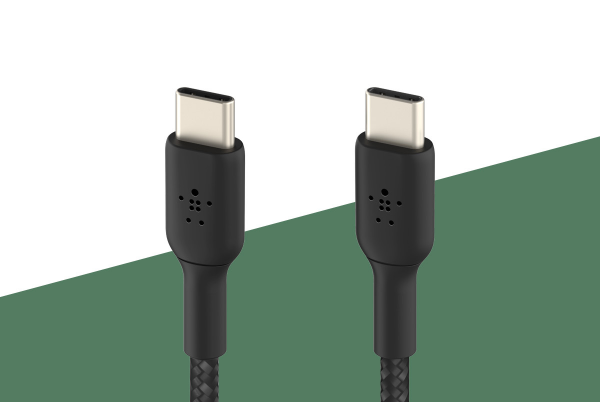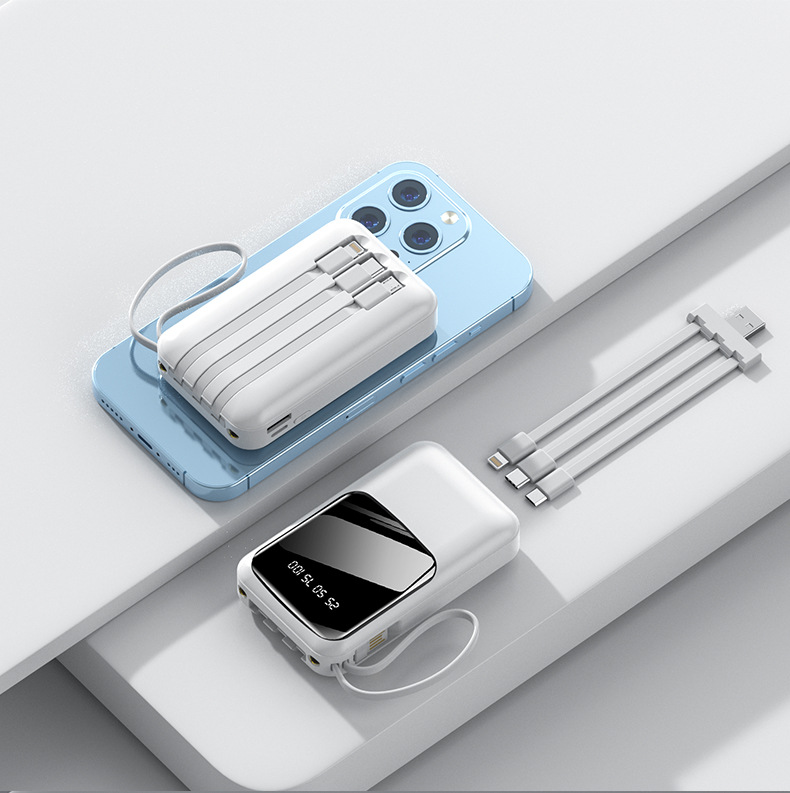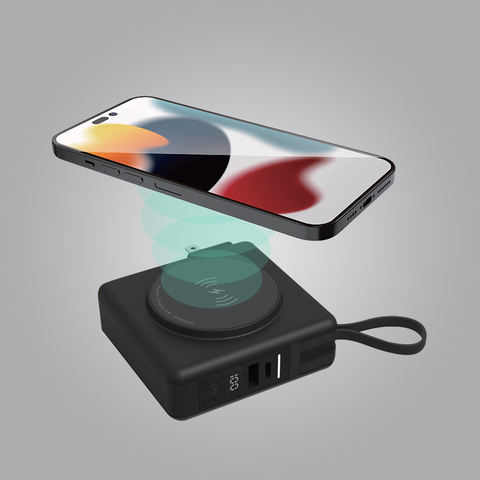
USB-C is now the go-to standard for charging mobile devices like smartphones, laptops, and tablets. It offers faster speeds, greater compatibility, and universal usability. But what does this shift mean for the power bank industry?

This blog explores how USB-C is transforming power bank technology, including its impact on charging speeds, portability, and compatibility with multiple devices.
Why USB-C is a Game Changer for Power Banks
1. Improved Charging Speeds
USB-C supports quick charging with features like USB-C Power Delivery (PD). These features let power banks deliver a higher amount of power, meaning your devices charge faster than with traditional USB-A ports.
2. Charge Multiple Devices Simultaneously
USB-C ports enable power banks to charge multiple devices simultaneously. Many modern power banks also feature both USB-C and USB-A ports, so you can use a mix of older and newer charging cables.
3. Compact and Portable Design
USB-C technology supports smaller, more efficient power banks with better battery capacity. Whether using lithium-ion batteries or lithium-polymer batteries, USB-C makes it possible to pack more power into smaller designs.
How USB-C Supports Modern Device Needs
1. Universal Compatibility
USB-C is now used across most mobile devices, including laptops, tablets, and smartphones. This compatibility simplifies charging setups—you only need one USB-C cable for all your gadgets.
2. Faster Power Bank Recharging
USB-C isn’t just for charging devices—it also recharges power banks faster. A wall charger with USB-C PD can replenish a power bank in less than half the time of older methods.
Challenges of USB-C in Power Banks
While USB-C offers many advantages, it does have challenges:
- Cost: USB-C power banks with advanced features like high PD wattage can be more expensive.
- Standardization: Not all USB-C cables or power banks support the same features, such as fast charging or high power delivery.
- Transition Period: Many users still use devices that require USB-A or micro-USB connections, so hybrid power banks remain necessary.
What to Look for in a USB-C Power Bank
When choosing a USB-C power bank, keep these tips in mind:
- Battery Capacity: Select a capacity based on your needs—10,000mAh for phones or 20,000mAh+ for laptops.
- Charging Capability: Ensure it supports USB-C PD and can handle fast-charging needs.
- Ports: A mix of USB-C and USB-A ports ensures flexibility for charging multiple devices.
- Portability: Look for slim, lightweight designs that fit in your bag or pocket.

USB-C is redefining the power bank industry by offering faster charging speeds, compatibility with multiple devices, and compact designs. Buyers should focus on USB-C portable chargers with features like quick charging, large battery capacity, and universal compatibility to future-proof their charging needs.
USB-C is more than a trend—it’s the future of charging.







